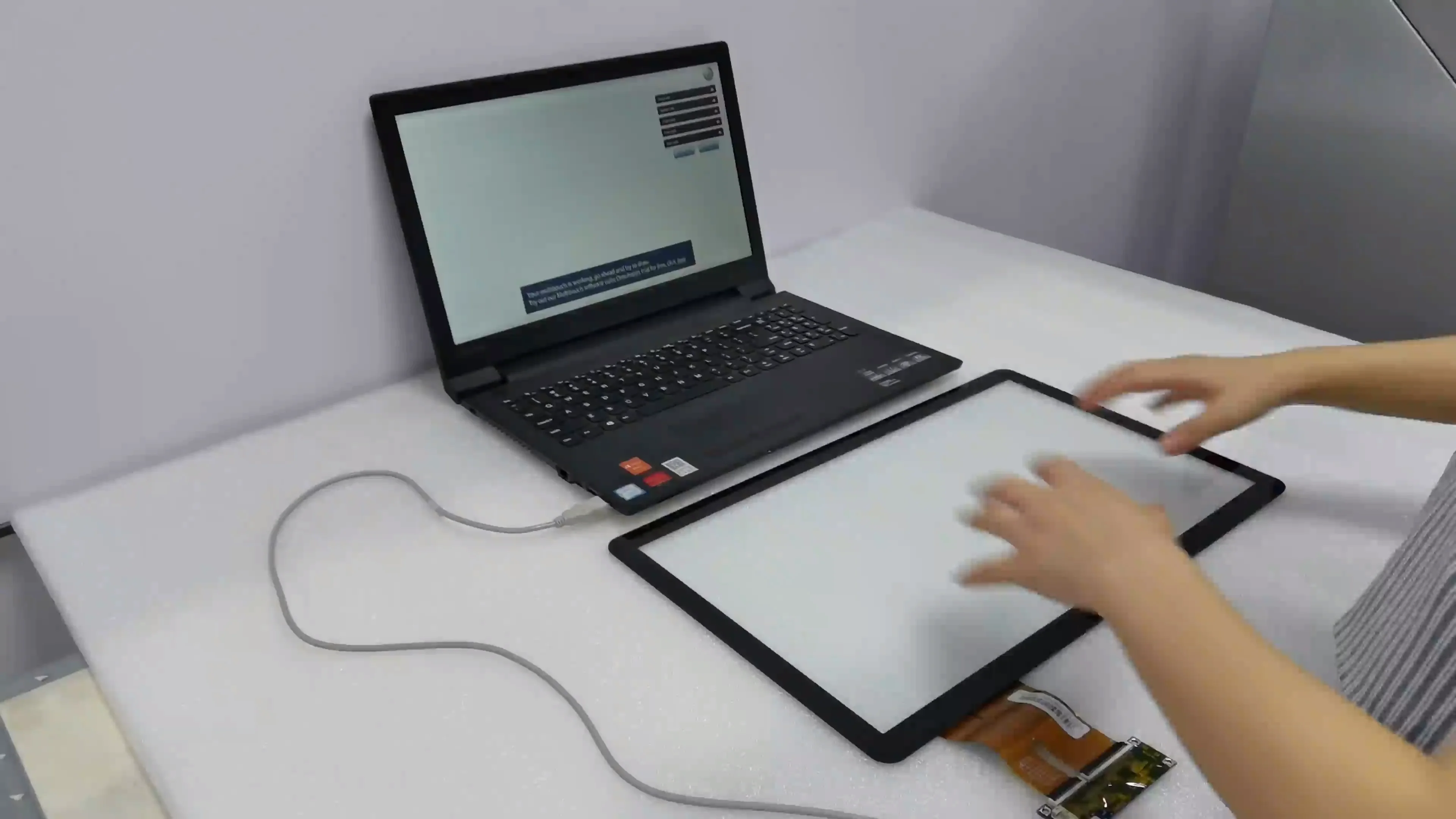
If someone touches the sensor and thereby creates an additional 3 pF of capacitance, the time constant will increase, as follows: The resulting voltage will look something like this: So first you set the pin as a logic-high output, then the discharge phase is initiated by changing the pin to an input. What we need here is a high-impedance pin that will force almost all of the current to discharge through the resistor, and this can be accomplished by configuring the pin as an input. Thus, the capacitor would discharge rapidly through this low impedance-so rapidly that the microcontroller could not detect the subtle timing variations created by small changes in capacitance.

An I/O pin configured as an output will drive a logic-low signal, i.e., it will provide the output with a low-impedance connection to the ground node. It’s important to understand that you cannot simply switch the output state to logic low. Next, we need the capacitor to discharge through the large resistor. We can use a general-purpose input/output pin (configured as an output) to charge the sensor cap up to the logic-high voltage. Let’s say we have an RC circuit composed of a 1 MΩ resistor and a capacitive touch sensor with typical fingerless capacitance of 10 pF. In any event, we know that this exponential curve changes when either resistance or capacitance changes. There’s something about it-maybe that was one of the first times I realized that higher math actually has some relationship to reality, or maybe in this age of grape-harvesting robots there is something appealing about the simplicity of a discharging capacitor. If you’re like me, you experience vague feelings of university nostalgia when you see the exponential curve representing the voltage across a charging or discharging capacitor. In this article we will look at two general approaches to implementing capacitive-sense functionality the first is based on an RC (resistor–capacitor) time constant, and the second is based on shifts in frequency. There are various ways to do this, some quite straightforward, others more sophisticated. To actually perform capacitive touch sensing, we need a circuit that can measure capacitance with enough accuracy to consistently identify the increase in capacitance caused by the presence of the finger. Of course, the mere fact that the capacitance changes is not particularly useful.

The presence of a finger increases the capacitance by 1) introducing a substance (i.e., human flesh) with a relatively high dielectric constant and 2) providing a conductive surface that creates additional capacitance in parallel with the existing capacitor. If you’ve read the previous article, you know that the essence of capacitive touch sensing is the change in capacitance that occurs when an object (usually a human finger) approaches a capacitor. Introduction to Capacitive Touch Sensing.
Capacitive touch timer how to#

One piece of the conductor should be connected to the trigger pin of 555 Timer and the other piece to the ground. In this circuit, we have used two pieces of jumper wires. To make a touch plate, we can use two pieces of any conductor. The capacitor between Pin 6 and Pin 1 determines the turn-on time of the LED, once a trigger is applied. The trigger pin of the 555 timer is very sensitive and it can merely be pulled high by human body potential. The LED will be ON only for the time during which the trigger is present. Here the stable state is LOW, so the output of the 555 timer becomes LOW when the trigger is removed. In this circuit, 555 timer IC will operate in the monostable mode which means it will only have one stable state.

Connect the 10uF capacitor from Pin 6 to GND.Connect the 100K resistor from Pin 7 to VCC.Use a jumper wire to connect Pin 6 and Pin 7 together.Place the 555 timer IC on the breadboard.


 0 kommentar(er)
0 kommentar(er)
